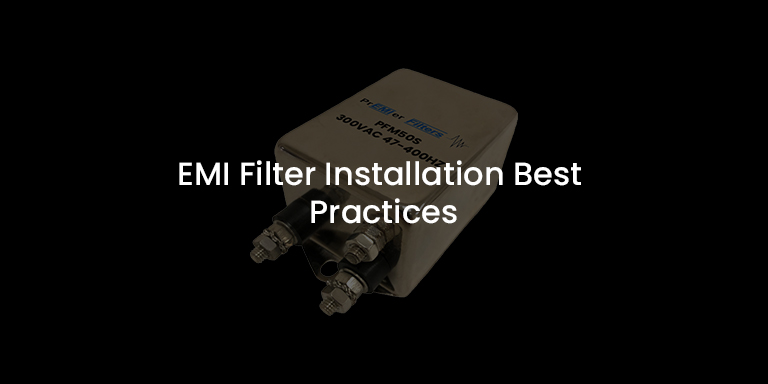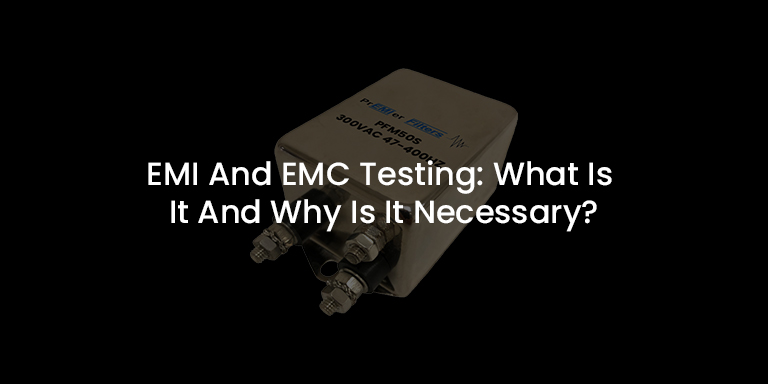Comparison of Active and Passive EMI Filters


When a product is unable to pass EMC certification due to some mysterious EMI source, the manufacturer will probably start redesigning the product by rearranging the components. However, there may be more ways to suppress specific sources of EMI. The manufacturer can use a variety of EMI filters to suppress EMI in different frequency ranges.
EMI filters are of two types: passive and active. Both types of filters provide different levels of suppression in different bandwidths. An EMI filter design is based on various factors, such as space on the circuit board and required attenuation.
Passive EMI Filters
Passive EMI filters consist of inductive and capacitive elements that filter over a wide frequency range. Compared to active filters, a passive EMI filter consumes less power, has lower-cost components and when cascaded provides multi-band filtration. Filtering behavior can be easily predicted using basic series and parallel impedance equations.
Another commonly used passive element is the ferrite bead or coke. This inductor passes lower frequencies and is commonly used on cable and wires to filter out high frequency radiated noise. The power cord of a laptop uses one of these chokes to remove high-frequency noise on the input power line.
The simplest type of passive EMI filters are L and C filters. These filters can be placed in any critical circuit or on the input of any critical component to remove noise at a broad range of frequencies. There are more complex configurations of passive EMI filters – LC filter, CL filter, T – filter, and Pi filter. Out of these configurations, Pi and T- filters are best used with low and high-source or load impedances, respectively.
Passive filters are designed according to circuit requirements. If there is a need to pass the desired signal into a component, then a bandpass filter is built. In case a strong signal is to be suppressed at a single frequency, then the bandstop filter will be needed. The number of passive elements (L or C) in the circuit indicates the filter number. A higher-order filter (i.e., cascaded filter) will provide steeper roll-off outside the passband.
Active EMI Filters
Complex filter circuits include op-amps that provide linear or non-linear broadband filtering. However, the active components can be a limiting factor in governing the EMI suppression as these components have some well-defined bandwidth.
Active filters are designed using operational amplifiers (op-amp) or more complex circuitry. These filters can be easily configured as higher-order filters for common-mode and differential-mode noise. It’s a simple way to remove near-field EMI in the design using discrete components with a small footprint.
A circuit that suppresses common-mode and differential-mode noise over a broad bandwidth can be built using an op-amp along with some capacitors and resistors. Such a design is easy to analyze. At ultra-high frequencies (microwave and mmWave frequencies), parasitics in the circuit board and components become critical. Passive elements will stop showing ideal behavior due to self-resonance, capacitors will start to exhibit inductive impedance, and inductors will exhibit capacitive impedance. Ensure to check the self-resonance frequencies of components while designing EMI filters in order to remove the strong high-frequency noise from specific sources.






















